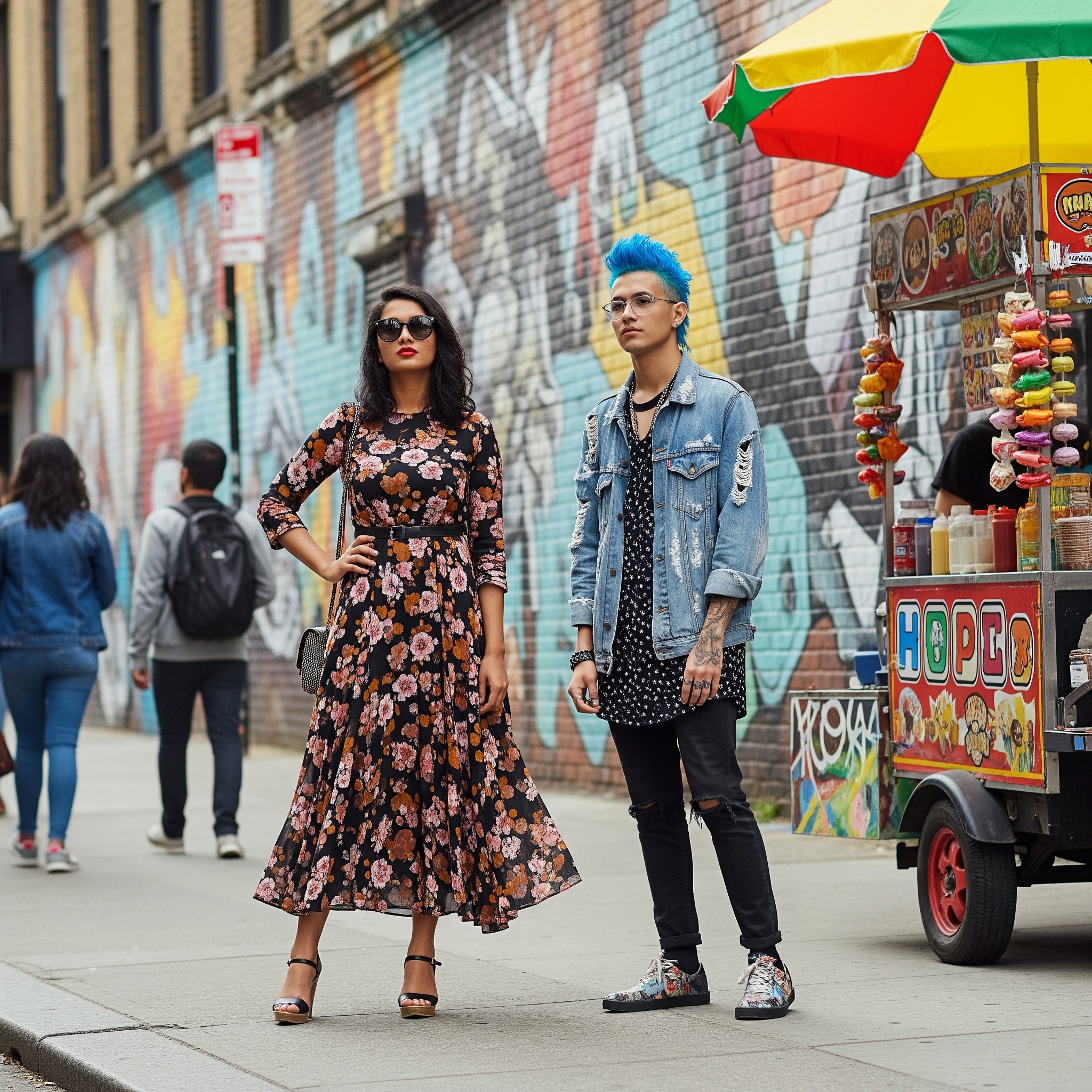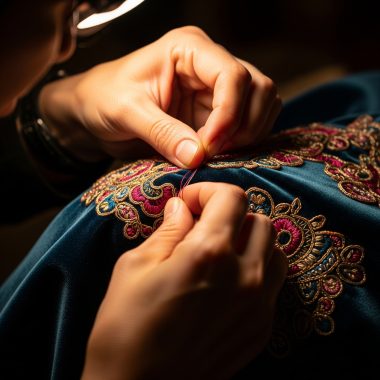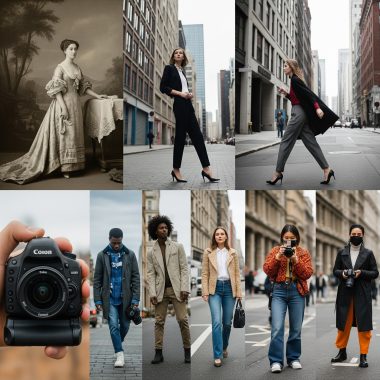For decades, the fashion narrative was largely dictated by haute couture houses and high-end designers, with trends trickling down from the runways to the masses. However, in recent times, a powerful shift has occurred: the rise of street style. This phenomenon, born from the authentic expressions of individuals on city streets, has become a formidable force, influencing designers, shaping trends, and democratizing the very definition of fashion. Street style is fashion from the ground up, a vibrant, unfiltered reflection of real people’s creativity and individuality.
At its core, street style is about authenticity and personal expression. Unlike curated runway looks or editorial spreads, street style captures how real people interpret trends, mix high and low fashion, and adapt clothing to their daily lives. It’s less about adhering to rigid rules and more about innovative combinations, unexpected layering, and a fearless approach to personal aesthetics. This authenticity resonates deeply with a public tired of unattainable ideals, offering relatable inspiration that feels genuinely achievable. It celebrates the quirks, the comfort, and the unique flair that individuals bring to their everyday dressing.
The rise of digital media and social platforms has been instrumental in street style’s ascent. Before the internet, street style was largely confined to local scenes or niche magazines. Now, platforms like Instagram, TikTok, and fashion blogs act as global showcases, allowing street style photographers to capture and disseminate looks instantaneously. This real-time visibility means a striking outfit spotted on a sidewalk in Tokyo can inspire a designer in Paris or a shopper in New York within hours. This rapid dissemination has accelerated trend cycles and given unprecedented power to individuals outside the traditional fashion establishment.
Street style also plays a crucial role in democratizing fashion. Historically, fashion was an exclusive club. Street style breaks down these barriers, proving that style isn’t solely dependent on designer labels or exorbitant prices. It emphasizes creativity over cost, showcasing how vintage finds, thrift store treasures, and high-street pieces can be combined with designer items to create compelling, unique looks. This inclusive approach has made fashion more accessible and relatable to a broader audience, encouraging everyone to experiment and find their own voice through clothing, regardless of budget.
The influence of street style on runway trends is undeniable. Designers, once seen as the sole originators of trends, now actively look to the streets for inspiration. The way people actually wear clothes, the unexpected pairings, and the emerging subcultures found in urban environments provide a rich source of ideas. Elements like oversized silhouettes, deconstructed garments, specific sneaker styles, or the resurgence of certain vintage aesthetics often originate from street style before being refined and presented on the runway. This bottom-up influence creates a more reciprocal relationship between high fashion and everyday dressing.
Furthermore, street style is a powerful cultural barometer. It reflects current social moods, emerging subcultures, and generational shifts. The rise of athleisure, the embrace of gender-fluid dressing, or the growing emphasis on comfort and practicality can all be seen playing out on the streets before they fully permeate mainstream fashion. It’s a dynamic visual record of how people are living, what they value, and how they express their identities in a constantly evolving world.
In conclusion, street style has transformed the fashion landscape, shifting the focus from top-down dictates to ground-up innovation. It champions authenticity, individuality, and accessibility, proving that true style is born from the creative spirit of everyday people. As digital platforms continue to connect us, the influence of street style will only grow, ensuring that fashion remains a vibrant, democratic, and ever-evolving form of self-expression.



